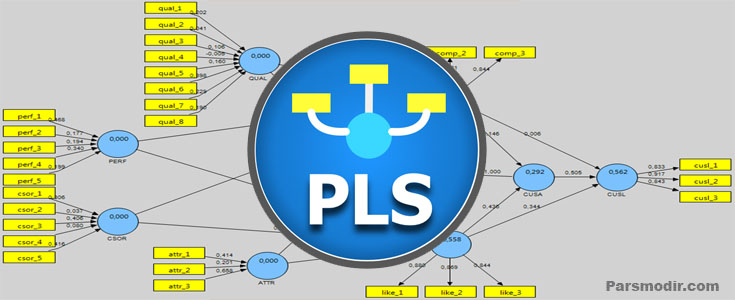

If a reflective measurement scale is used, as in our restaurant example, the following topics have to be discussed: Model with Reflective Measurementįor an initial assessment of PLS-SEM, some basic elements should be covered in your research report. We will first explore these estimations results for model with reflective measurement scale in this Chapter 4, and then those with formative measurement scale in Chapter 5. R 2 values of the latent endogenous variables.Path coefficients for the structural model relationship.Outer loadings (in reflective measurement model) or outer weights (in formative measurement model).The PLS path modeling estimation for our restaurant example is shown in Figure 15.Īmong all estimation results, the 3 key information that SmartPLS can inform you about the model are: The weight of different path coefficients enables us to rank their relative statistical importance. They explain how strong the effect of one variable is on another variable. Numbers on the arrow: These are called the path coefficients.

Numbers in the circle: These show how much the variance of the latent variable is being explained by the other latent variables.In the PLS-SEM diagram, there are two types of numbers: SmartPLS presents path modeling estimations not only in the Modeling Window but also in a text-based repor t 31 which is accessible via the “Report” menu.


 0 kommentar(er)
0 kommentar(er)
